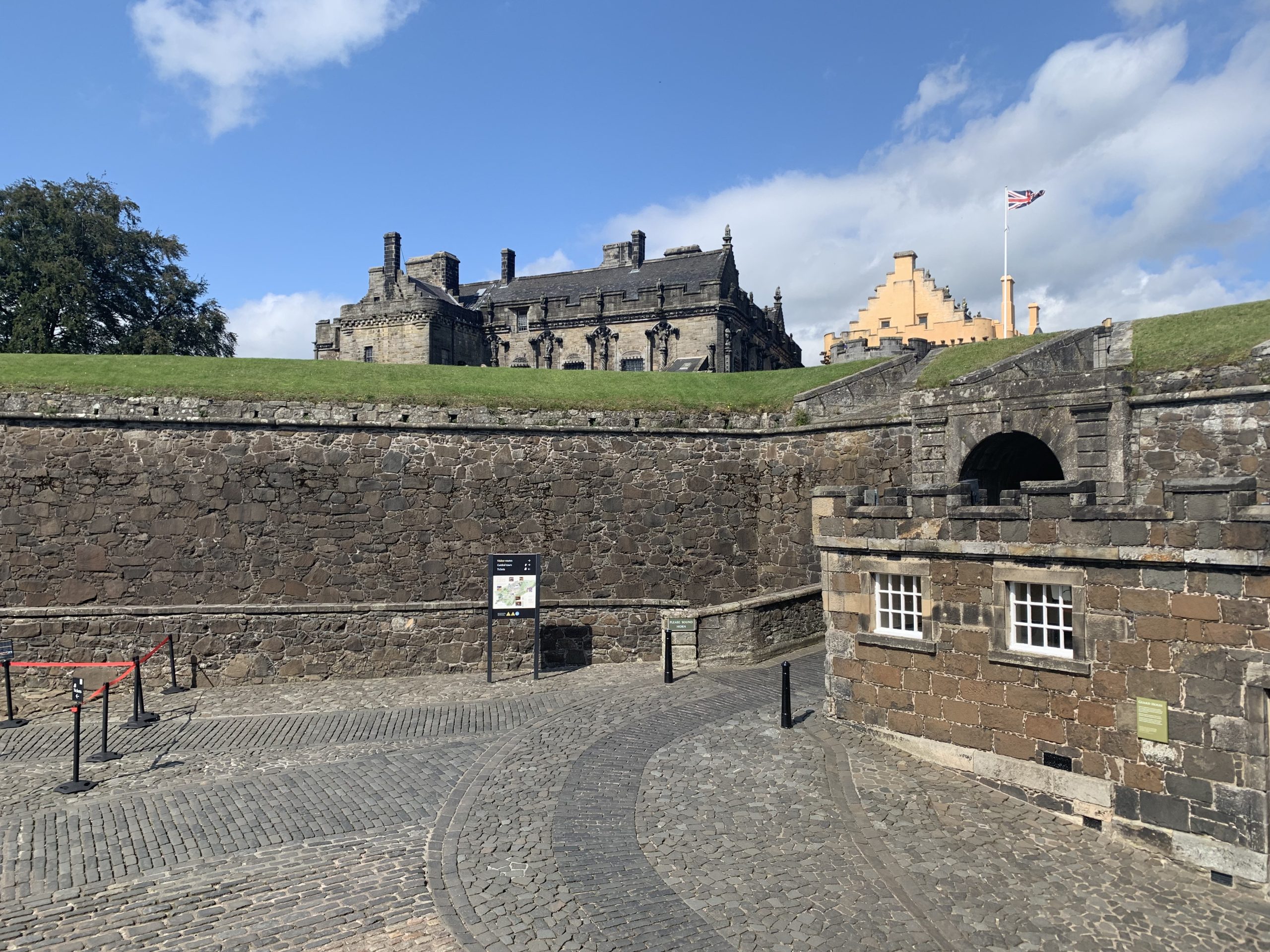The Argyll and Sutherland Highlanders Regiment has been inextricably linked to Stirling Castle for over a century, with the castle serving as the regimental headquarters and home to the Argyll and Sutherland Highlanders Museum. This rich history and the regiment’s enduring legacy make Stirling Castle a must-visit destination for anyone interested in the story of this iconic Scottish military unit.
The Argyll and Sutherland Highlanders Regiment at Stirling Castle

Formation and Amalgamation
The Argyll and Sutherland Highlanders Regiment was formed in 1881 through the amalgamation of the 91st (Argyllshire Highlanders) Regiment of Foot and the 93rd (Sutherland Highlanders) Regiment of Foot. This merger brought together two storied regiments, each with its own proud history and traditions.
Stirling Castle Connection
Stirling Castle has been the home of the Argyll and Sutherland Highlanders since 1881. The regiment has maintained close associations with the castle for over 200 years, making it an integral part of the regiment’s history and heritage.
The Argyll and Sutherland Highlanders Museum at Stirling Castle

Museum Overview
The Argyll and Sutherland Highlanders Museum is located in the “King’s Old Building” of Stirling Castle, parts of which date back to 1496. The museum was recently redeveloped in 2020, featuring modern and engaging exhibits that tell the story of the regiment.
Collections
The museum showcases the history of the Argyll and Sutherland Highlanders through a collection of documents, artefacts, and stories. Visitors can explore paintings, medals, silver, uniforms, and documents that provide a glimpse into the regiment’s past.
Themed Rooms
The museum is arranged in 8 themed rooms, each telling a different aspect of the regiment’s history. Visitors can learn about the Jacobites, the role of women, music, military medicine, community, and the regiment’s diaspora.
Stirling Castle’s Role in the Argyll and Sutherland Highlanders’ History
Regimental Headquarters
The regimental headquarters (RHQ) of the Argyll and Sutherland Highlanders is located at Stirling Castle, further cementing the castle’s importance to the regiment.
Museum Location
The Argyll and Sutherland Highlanders Regimental Museum is situated within Stirling Castle, making it a significant part of the castle’s attractions and a must-see for visitors.
Historical Significance
Stirling Castle has been the home of the Argyll and Sutherland Highlanders for over 140 years, making it an integral part of the regiment’s history and heritage. The castle’s long-standing association with the regiment is a testament to the deep-rooted connection between the two.
Practical Information
Opening Times
- Easter to September: Monday to Saturday, 09:30 – 17:00 hours
- October to Easter: 10:00 – 16:15 hours
Entry
Entry to the Argyll and Sutherland Highlanders Museum is free, but visitors must pay the entrance fee to Stirling Castle.
Accessibility
The museum is partially suitable for visitors with limited mobility and offers accessible parking, a hearing loop, and large print or braille materials.
Stirling Castle and the Argyll and Sutherland Highlanders Museum are a must-visit destination for anyone interested in Scottish military history and the enduring legacy of this iconic regiment. The castle’s rich history and the museum’s engaging exhibits provide a unique opportunity to immerse oneself in the story of the Argyll and Sutherland Highlanders.
References
- https://en.wikipedia.org/wiki/Argyll_and_Sutherland_Highlanders
- http://www.aboutscotland.co.uk/argylls/index.html
- https://www.visitscotland.com/info/see-do/the-argyll-and-sutherland-highlanders-museum-p845851
- https://argylls.co.uk
- https://www.tripadvisor.com/Attraction_Review-g191266-d5993334-Reviews-The_Argyll_and_Sutherland_Highlanders_Regimental_Museum-Stirling_Scotland.html
